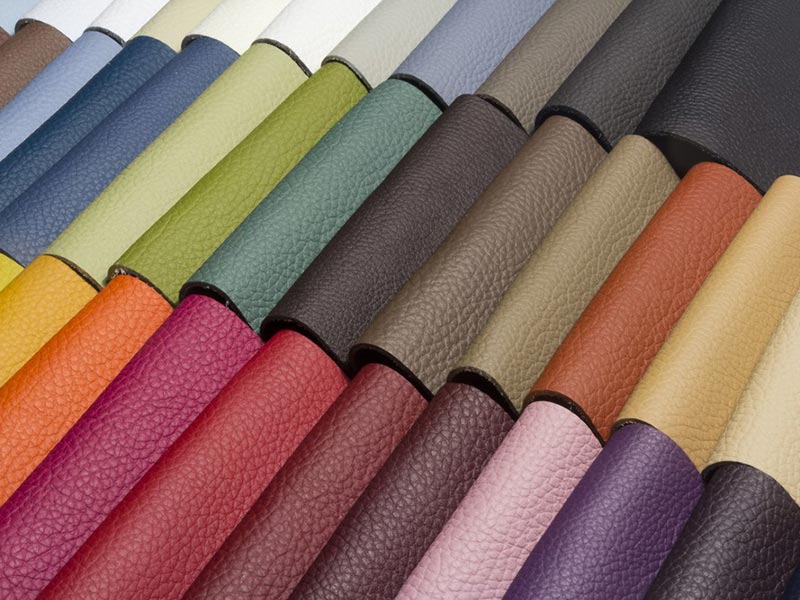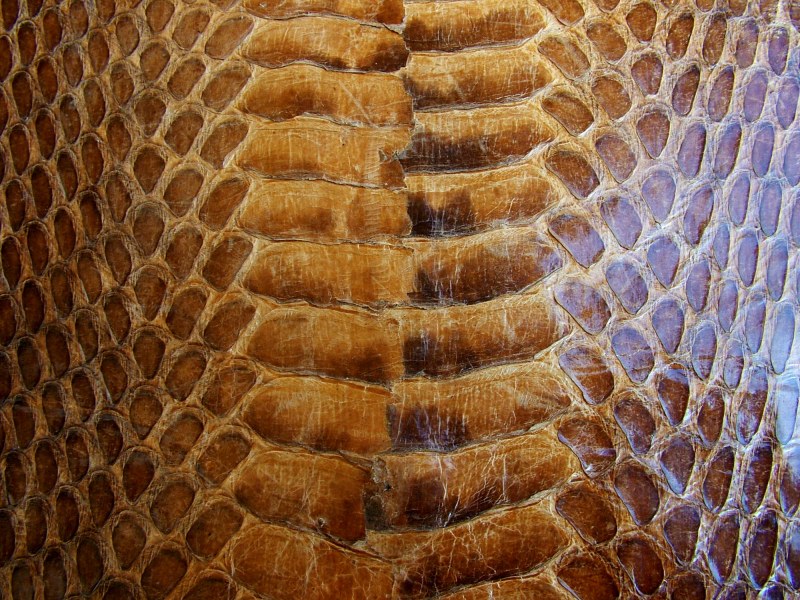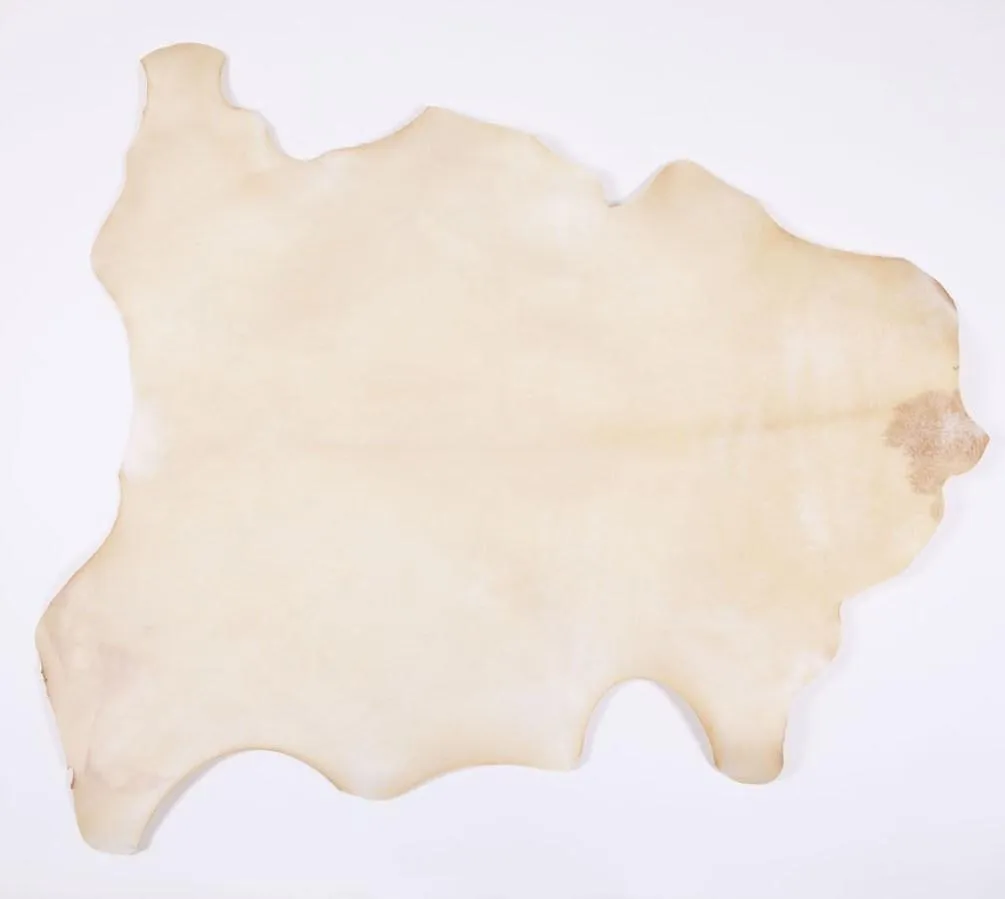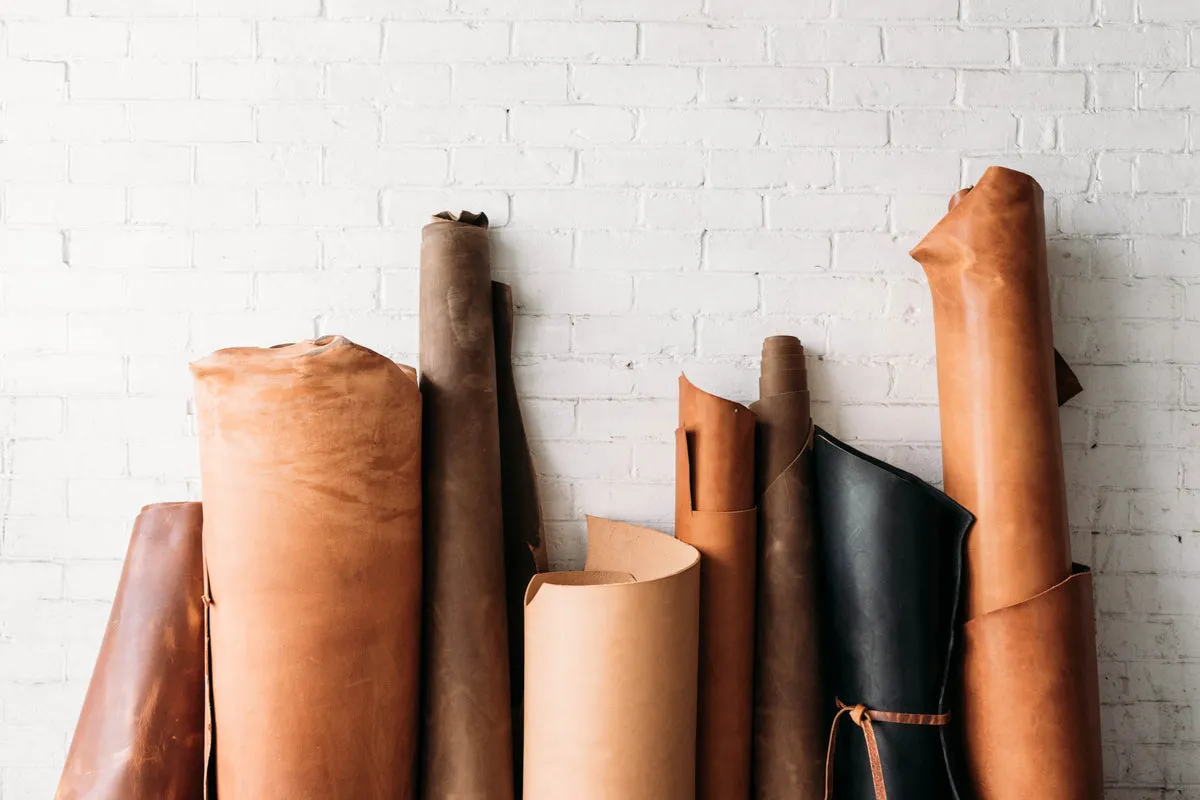Thick leather is a versatile and durable material that has been used for centuries in various industries. It is commonly made from the hides of animals such as cows, horses, and buffalo and is sought after for its strength and longevity. In this article, we will explore the characteristics and uses of thick leather, as well as its production process and environmental impact.
Characteristics of Thick Leather:
1. Durability: Thick leather is known for its high durability and strength. It can withstand wear and tear, making it suitable for various applications that require a robust material.
2. Texture: Thick leather has a coarse texture, which adds to its aesthetic appeal. The natural grain of the animal hide enhances the uniqueness and character of the leather.
3. Heat resistance: Leather is often resistant to heat, making it suitable for applications where heat resistance is essential, such as automotive upholstery or industrial gloves.
4. Water resistance: While leather is not completely waterproof, thick leather has a certain degree of water resistance. When properly treated and conditioned, it can withstand light rain or splashes.
5. Breathability: One of the remarkable properties of thick leather is its ability to breathe. This breathability makes it comfortable to wear, particularly in footwear or clothing.
6. Aging and patina: Thick leather develops a beautiful patina over time as it ages. This characteristic gives it a unique and rich appearance that many find desirable.
Uses of Thick Leather:
1. Apparel: Thick leather is commonly used in the fashion industry to create garments such as jackets, pants, belts, and handbags. The durability and aesthetic appeal of thick leather make it a popular choice for those seeking a long-lasting and stylish fashion statement.
2. Footwear: Boots and shoes made from thick leather are highly sought after, particularly for rugged outdoor activities or work environments. The durability and water resistance of thick leather make it suitable for these applications.
3. Furniture: Thick leather is often used in the production of high-end furniture, such as sofas, chairs, and recliners. The durability and classic appeal of leather furniture make it a preferred choice for many homeowners and interior designers.

4. Automotive industry: Thick leather is used in the automotive industry to create upholstery for car seats, steering wheels, and gearshifts. The heat resistance and durability of thick leather make it a practical choice for these applications.
5. Accessories: Thick leather is commonly used to create accessories such as wallets, keychains, and phone cases. The durability and longevity of the material make it an ideal choice for these everyday items.
6. Sporting goods: Thick leather is used in the production of sporting goods such as baseball gloves, boxing gloves, and saddles. The durability and gripping properties of thick leather make it a suitable choice for these activities.
Production Process of Thick Leather:
The production process of thick leather involves several steps:
1. Raw material sourcing: The first step in the production process is sourcing the animal hides. These hides are obtained from animals that have been raised for food production or from wild animals hunted for their hides.
2. Pre-treatment: The hides are thoroughly cleaned and soaked in water to remove any dirt, blood, or fat. This process helps to soften the hides and prepare them for further processing.
3. Tanning: Tanning is the process of treating the hides with various chemicals to prevent decay and ensure that the leather remains durable and supple. There are different methods of tanning, including vegetable tanning, chrome tanning, and synthetic tanning agents. Each method produces leather with different characteristics.
4. Splitting and shaving: The tanned hides are split into layers, with the top layer known as “full-grain” and the lower layer referred to as “split leather.” The full-grain layer is the strongest and most durable, while the split leather is used for less demanding applications.
5. Dyeing and finishing: The leather is usually dyed to achieve the desired color and appearance. After dyeing, the leather may undergo further treatment such as buffing, polishing, or embossing to enhance its aesthetic appeal.
6. Quality control: Before the leather is shipped for production, it undergoes rigorous quality control checks to ensure that it meets the required standards for thickness, strength, and appearance.
Environmental Impact of Thick Leather Production:
The production of thick leather has certain environmental implications, particularly in the areas of animal welfare and chemical usage:

1. Animal welfare: Animal rights advocates are concerned about the ethical treatment of animals in the leather industry. The sourcing of animal hides often involves raising animals specifically for their hides or hunting them for their skin, which raises ethical concerns. It is important for companies to adhere to strict ethical guidelines and ensure that animal welfare is prioritized.
2. Chemical usage: The tanning process involves the use of various chemicals, some of which can be harmful to the environment if not properly managed. Chemicals used in the tanning process can pose health and environmental risks if not handled correctly. It is crucial for tanneries to implement proper waste management systems to minimize the environmental impact of chemical usage.
3. Energy consumption: Leather production requires significant amounts of energy, primarily for the tanning process. Traditional tanning methods involve high energy consumption, but advancements in technology have allowed for more energy-efficient processes. Tanneries can adopt sustainable practices, such as using renewable energy sources or optimizing energy usage, to reduce their carbon footprint.
In conclusion, thick leather is a durable and versatile material that finds applications in various industries. Its durability, water resistance, and aesthetic appeal make it a popular choice for apparel, footwear, furniture, automotive upholstery, and accessories. However, it is essential for the leather industry to address environmental concerns and prioritize animal welfare. By implementing sustainable practices and adhering to ethical guidelines, the production of thick leather can become more environmentally friendly while maintaining its appeal and functionality.1. Thick Leather in the Fashion Industry:
Thick leather has long been a staple material in the fashion industry. Its durability and unique texture make it ideal for creating high-quality garments. Leather jackets, pants, and accessories such as belts and handbags are often made from thick leather. The timeless appeal of leather fashion items ensures their popularity, and many consumers are willing to invest in these pieces due to their longevity. Fashion brands can capitalize on the demand for thick leather by offering a range of designs and styles that cater to varying tastes and preferences.
2. The Market for Thick Leather Footwear:
Thick leather is highly valued for its durability and water resistance, making it an excellent material for footwear. From sturdy boots for outdoor activities to fashionable shoes for everyday wear, thick leather footwear is in high demand. Brands can differentiate themselves in the market by offering stylish designs combined with the long-lasting quality of thick leather. Additionally, promoting the breathability and comfort of leather shoes will appeal to consumers seeking a balance between style and functionality.
3. Luxury Furniture Made with Thick Leather:
Thick leather is a popular choice for luxury furniture due to its durability and classic appeal. Sofas, chairs, and other seating options made from thick leather not only add a touch of sophistication to any space but are also designed to withstand years of use. Interior designers and homeowners often opt for leather furniture to create an elegant and timeless atmosphere in their living spaces. Furniture manufacturers can cater to this demand by offering a variety of styles, colors, and finishes to suit different design preferences.
4. Thick Leather in the Automotive Industry:
The automotive industry extensively uses thick leather for various applications, including car seats, steering wheel covers, and gearshift boots. Thick leather upholstery not only adds a touch of luxury to vehicles but also provides durability and resistance to wear and tear. Car manufacturers can offer premium upgrades to their customers by incorporating thick leather into their interior designs. Additionally, aftermarket suppliers can cater to the market by providing customizable leather upholstery options for those who wish to enhance the look and feel of their vehicles.
5. Expanding Applications: Thick Leather Accessories:
Thick leather is not limited to fashion and furniture; it is also commonly used in the production of accessories such as wallets, keychains, and phone cases. The durability and longevity of thick leather make it an excellent choice for everyday items that are prone to wear and tear. Brands can tap into this market by offering a range of accessories that combine functionality, style, and the high-quality craftsmanship associated with thick leather.

6. Sporting Goods and Thick Leather:
The durability, grip, and protective properties of thick leather make it an ideal material for sporting goods. Baseball gloves, boxing gloves, and equestrian saddles are frequently made from thick leather due to its ability to withstand rigorous use. Sporting goods manufacturers can cater to athletes and enthusiasts by offering high-quality, reliable products that enhance performance and ensure longevity.
7. Challenges in the Thick Leather Industry:
While thick leather offers numerous opportunities for businesses, there are also challenges to consider. One significant challenge is ethical sourcing and environmental concerns. It is crucial for businesses to ensure that the hides used for thick leather production come from ethical sources that prioritize animal welfare. Additionally, the leather industry has faced criticism for its environmental impact, particularly in relation to chemical usage and waste management. Businesses must adopt sustainable practices to mitigate these concerns and gain the trust and loyalty of environmentally-conscious consumers.
8. Sustainable Approaches to Thick Leather Production:
To address environmental concerns, many tanneries are investing in sustainable approaches to thick leather production. This includes the use of eco-friendly tanning agents, adopting waste management systems that reduce pollution, and reducing energy consumption. Tanneries can also explore recycling and upcycling processes to minimize waste. By prioritizing sustainability, businesses in the thick leather industry can become more environmentally responsible and attract eco-conscious consumers.
9. Collaborations and Partnerships:
Businesses in the thick leather industry can explore collaborations and partnerships to expand their reach and customer base. Collaborating with designers, influencers, and other brands can create unique and highly sought-after products that appeal to a wider audience. By leveraging each other’s strengths and expertise, businesses can create innovative and captivating offerings that stand out in the market.
10. Quality Control and Customer Satisfaction:
Maintaining high-quality standards is crucial for businesses in the thick leather industry. Robust quality control procedures should be implemented at every stage of production to ensure that the final products meet customer expectations. By investing in quality materials, skilled craftsmanship, and stringent quality control measures, businesses can build a reputation for delivering superior products and ensure customer satisfaction.
11. Building a Strong Brand Identity:
In a competitive market, building a strong brand identity is essential for businesses in the thick leather industry. This includes developing a clear brand story, values, and aesthetic that resonate with consumers. A well-defined brand identity helps create an emotional connection with customers and differentiates a business from its competitors. Consistent branding across all touchpoints, including packaging, marketing materials, and online presence, helps businesses build recognition and trust among their target audience.
12. Adapting to Consumer Trends and Preferences:

To stay relevant in a dynamic market, businesses in the thick leather industry must continuously adapt to changing consumer trends and preferences. This includes monitoring fashion and design trends, conducting market research, and actively seeking customer feedback. By being responsive to consumer demands and preferences, businesses can develop products and experiences that align with their target audience’s desires, ensuring long-term success and growth.
In conclusion, thick leather offers numerous opportunities for businesses across various industries. From fashion and footwear to furniture and automotive upholstery, the durability, water resistance, and aesthetic appeal of thick leather make it a desirable material for many applications. To thrive in the market, businesses must prioritize ethical sourcing, adopt sustainable practices, and invest in quality control to deliver superior products that resonate with consumers. By building a strong brand identity, adapting to consumer trends, and seeking collaborations, businesses can establish a competitive edge and fulfill the demand for high-quality thick leather products.









